Golden Money Plant
The Golden Money Plant, known for its stunning golden-green, heart-shaped leaves, is a popular choice for both its beauty and symbolism of wealth and good fortune. This versatile indoor plant thrives in low to bright, indirect light, making it easy to care for in any home or office. Its trailing vines bring a lush, tropical vibe to any space, and it can be trained to grow in hanging planters, on shelves, or even as a climber.
₹499.00
Not Just a Pretty Leaf! Learn More.......
Care Tips for Golden Money Plant:
Light Requirements: Golden Money Plants thrive in bright, indirect light but can tolerate low light as well. In low light, the variegation may fade, but the plant will still grow well.
Watering Needs: Water when the top inch of soil feels dry. Overwatering can lead to root rot, so ensure your pot has good drainage. In warmer months, you may need to water every 1-2 weeks, while in cooler months, less frequent watering is needed.
Humidity Preferences: Golden Money Plants prefer moderate humidity levels. Average indoor humidity is usually fine, but you can mist the plant occasionally to mimic a more humid environment.
Temperature Tolerance: They do well in temperatures between 15-29°C. Avoid exposing the plant to temperatures below 10°C and keep it away from cold drafts and heaters.
Soil Type: Use a well-draining, all-purpose potting mix. Adding a little perlite or orchid bark can improve drainage and aeration, keeping the roots healthy.
Fertilizing Schedule: Fertilize every 4-6 weeks during spring and summer with a balanced liquid fertilizer diluted to half strength. Reduce or skip fertilizing in fall and winter when growth slows.
Pruning and Training: Trim back long vines to encourage bushier growth and remove any yellowing leaves.
Propagation: This plant is easy to propagate by stem cuttings. Simply cut a section of stem with a few leaves and place it in water or soil. Roots will form within a few weeks, and you can pot it once its established.
Pests and Common Issues: Golden Money Plants are generally pest-resistant, but occasionally spider mites, mealybugs, or aphids may appear.


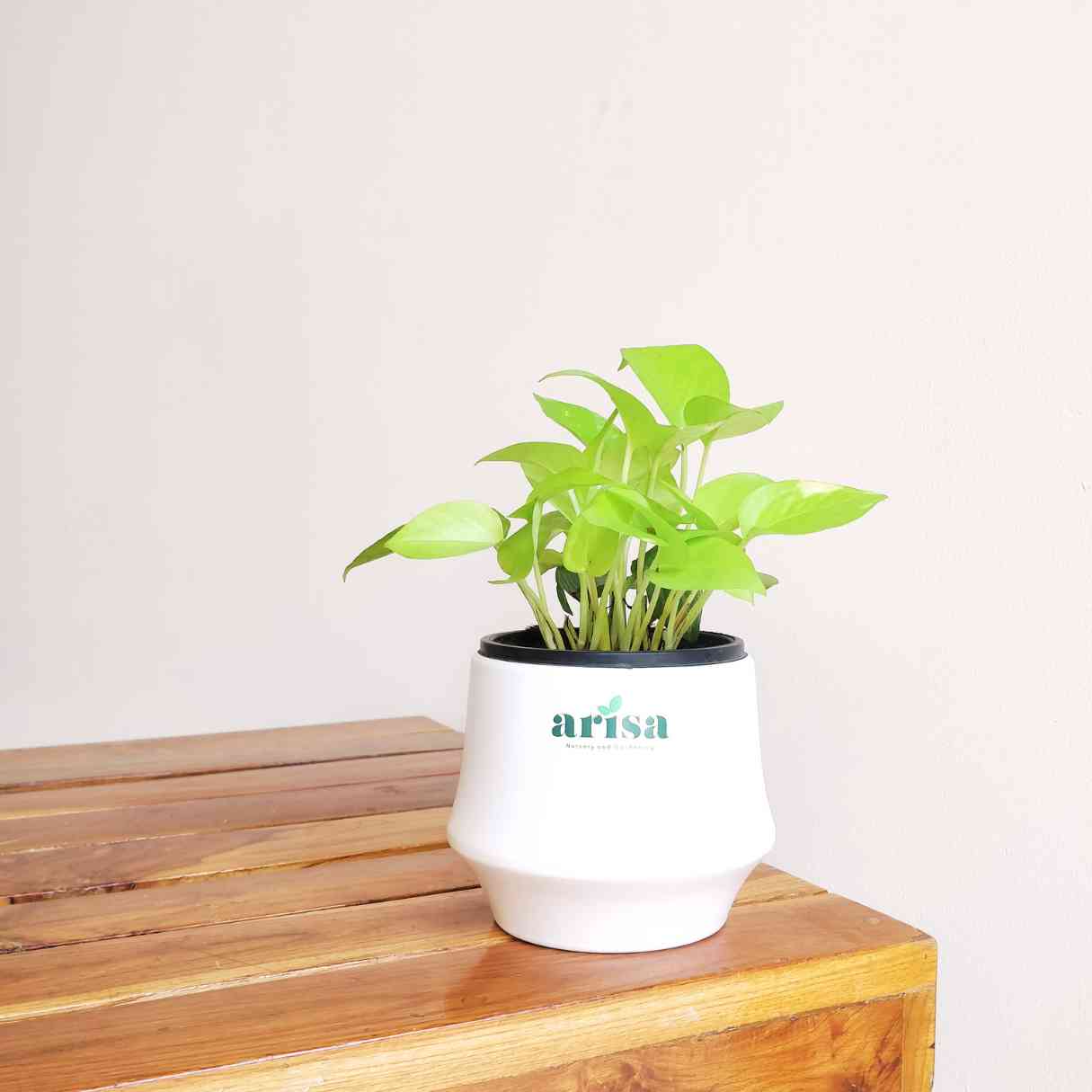
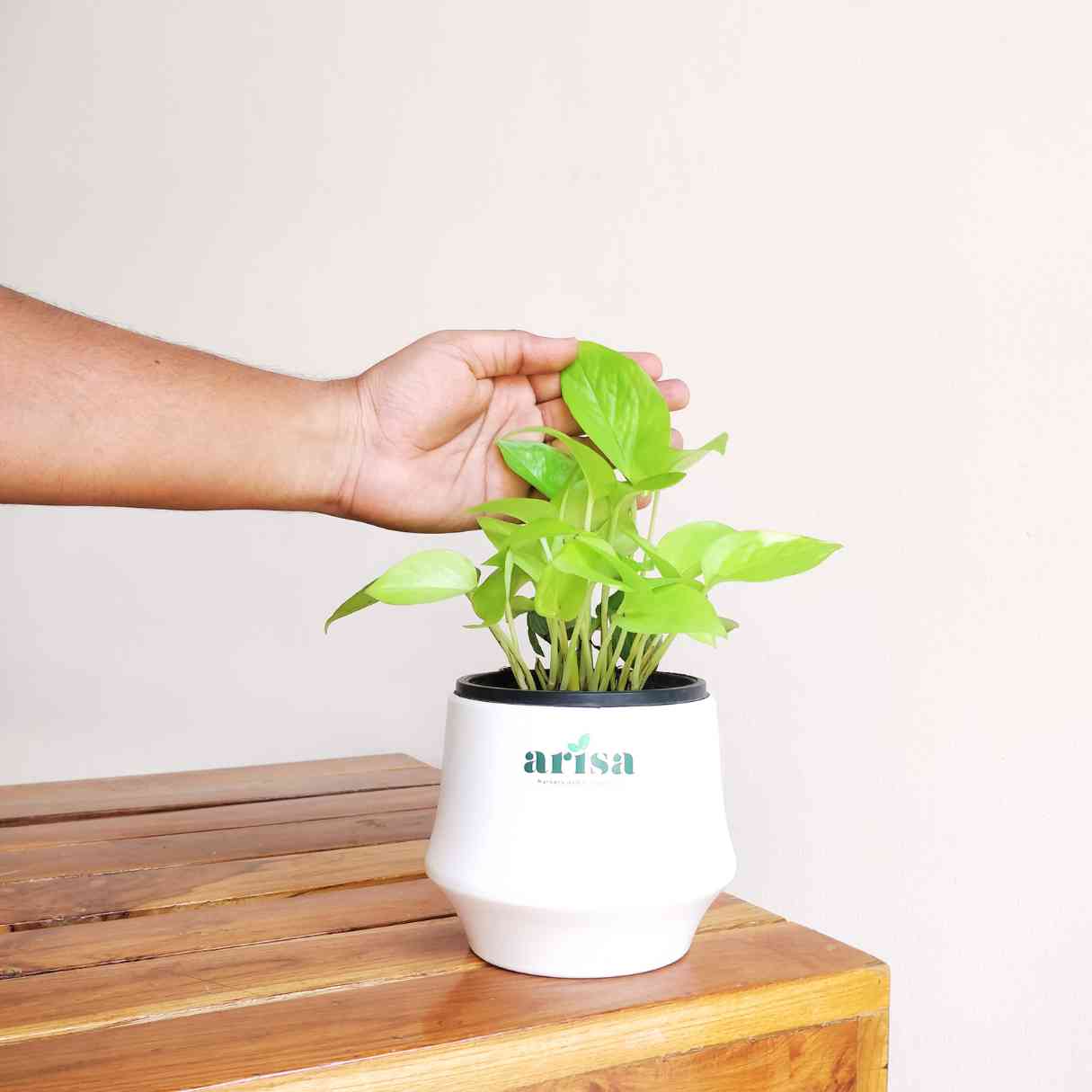
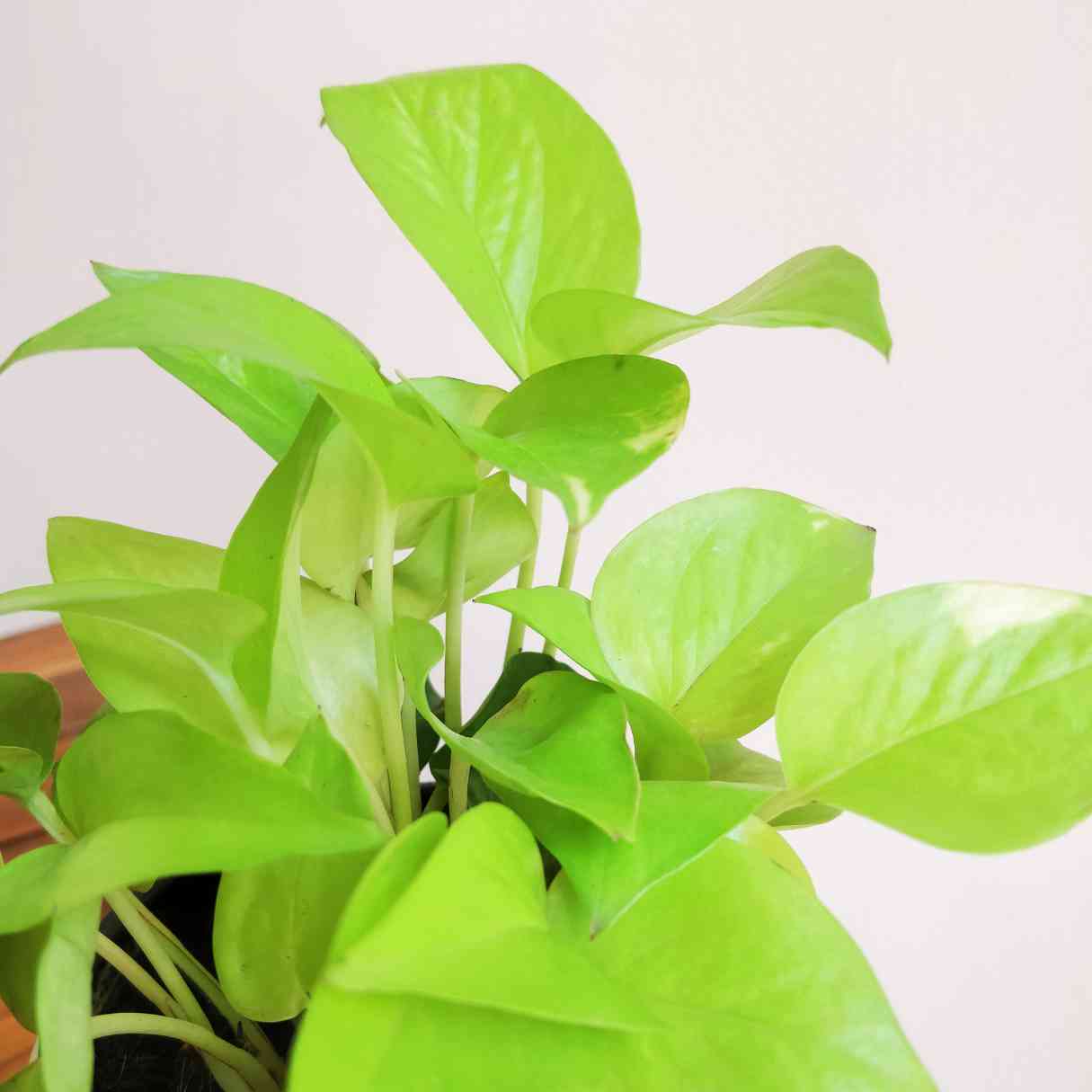
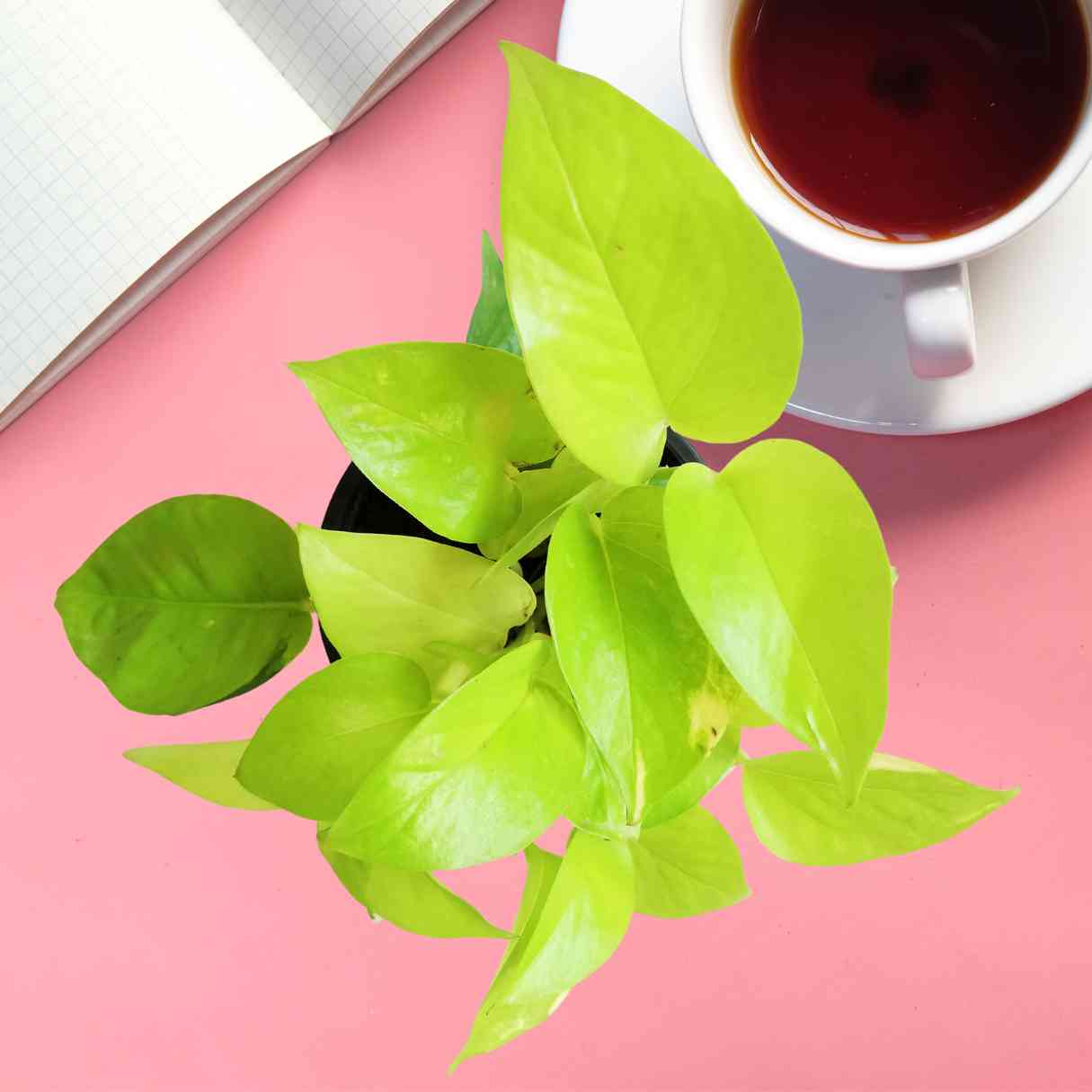
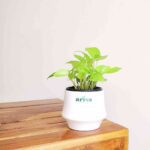
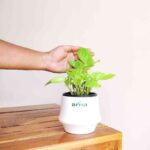


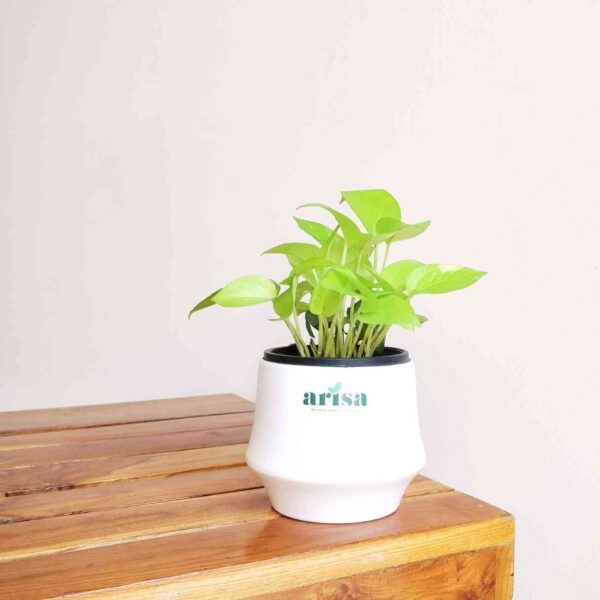
Reviews
Clear filtersThere are no reviews yet.